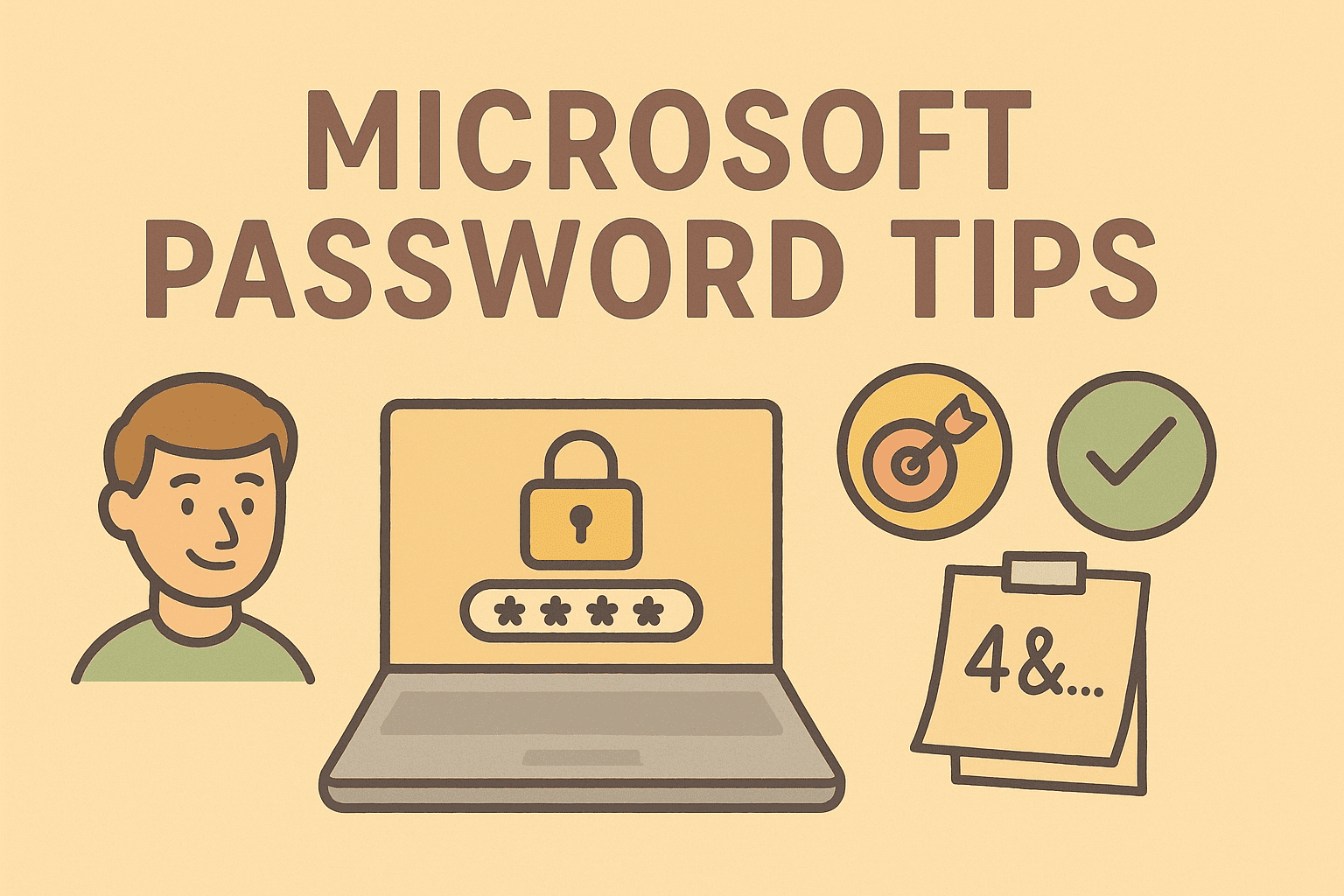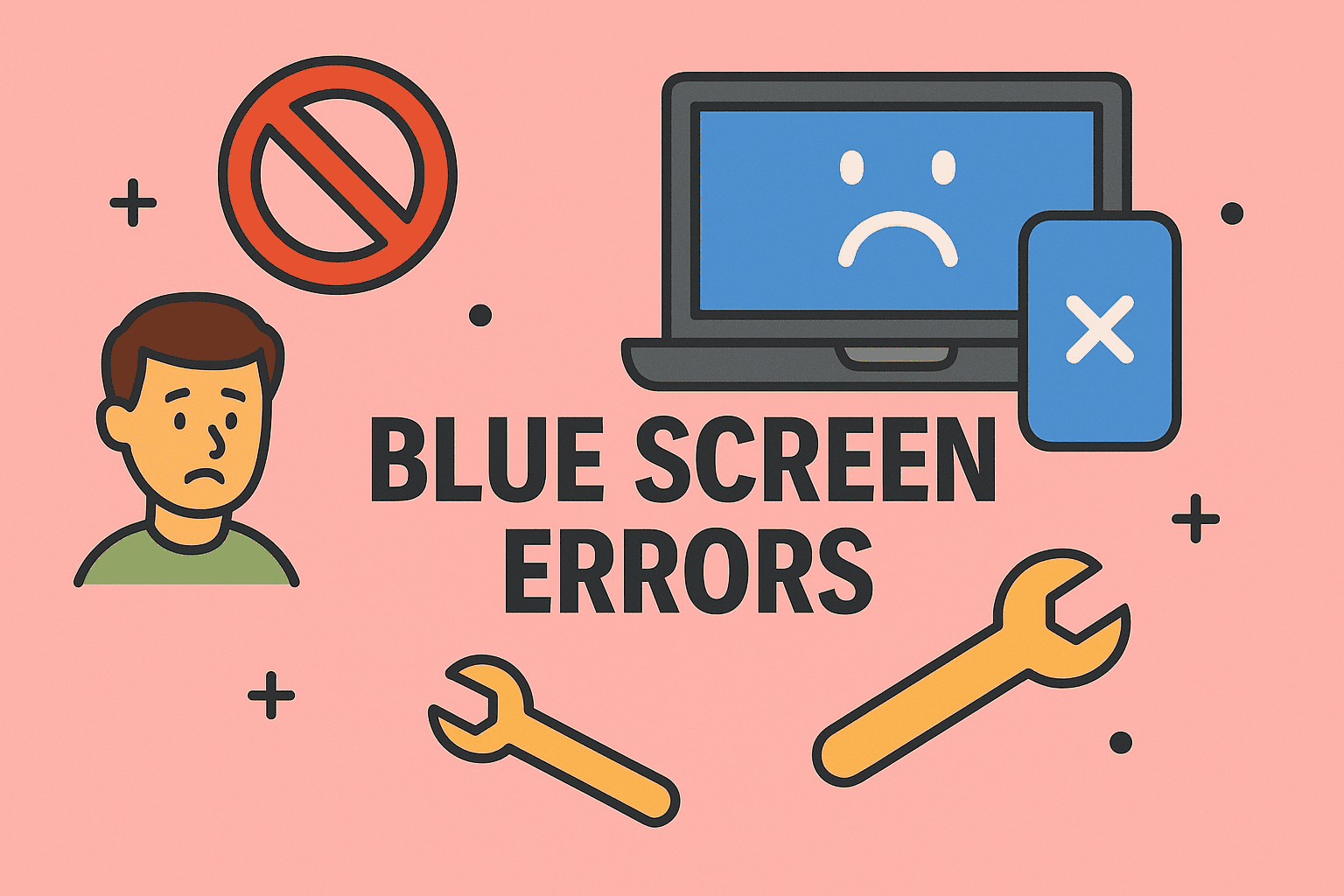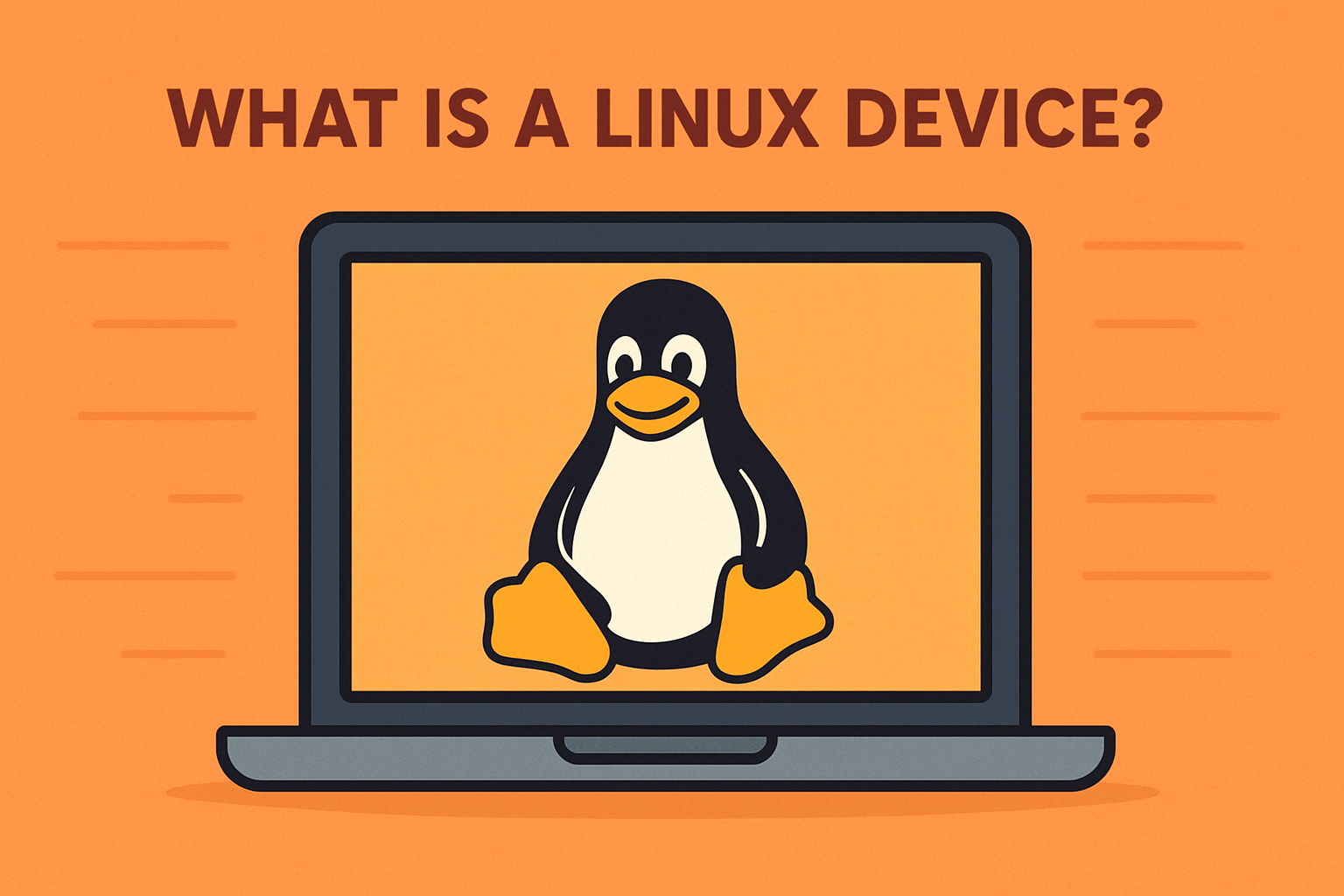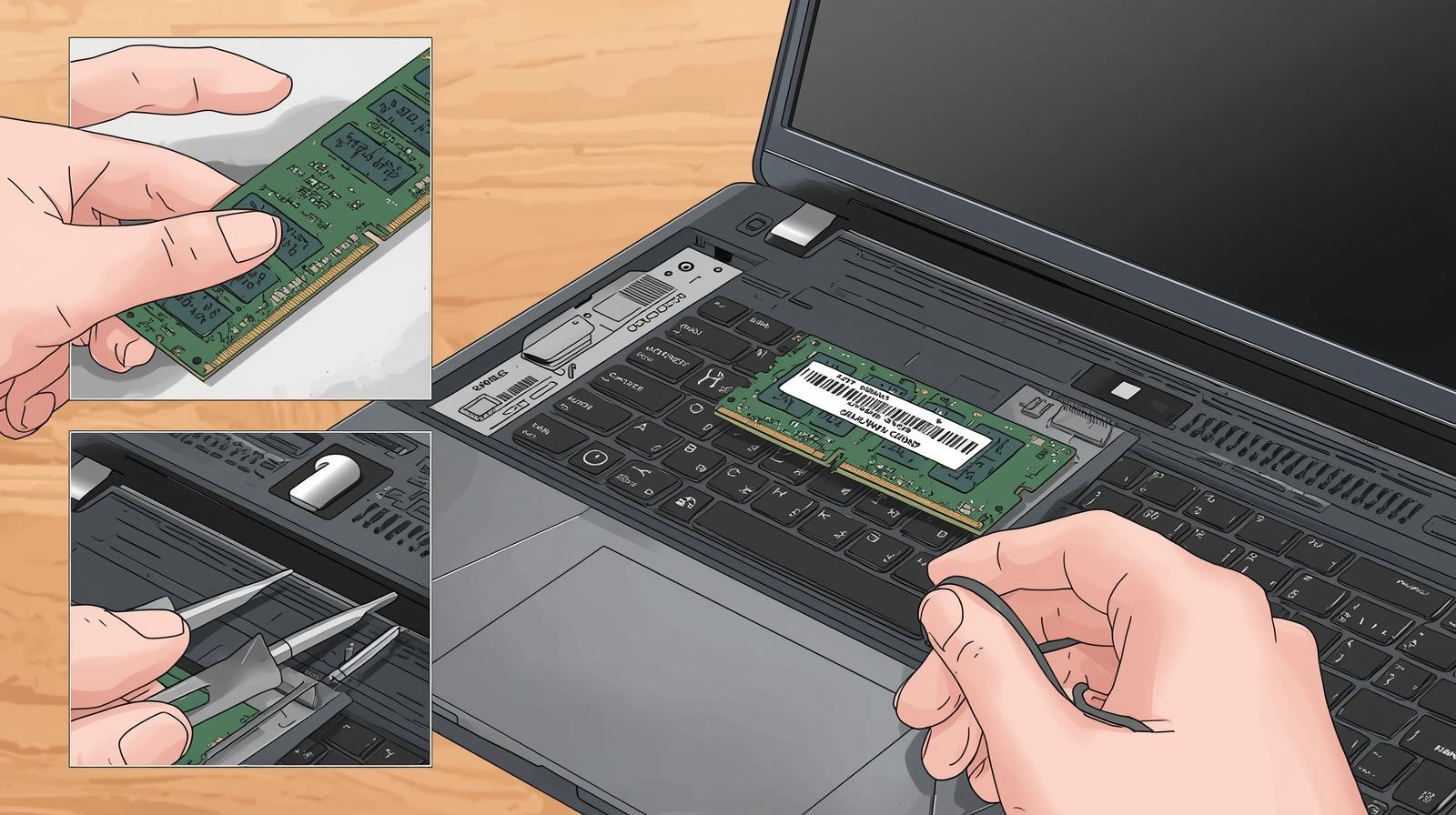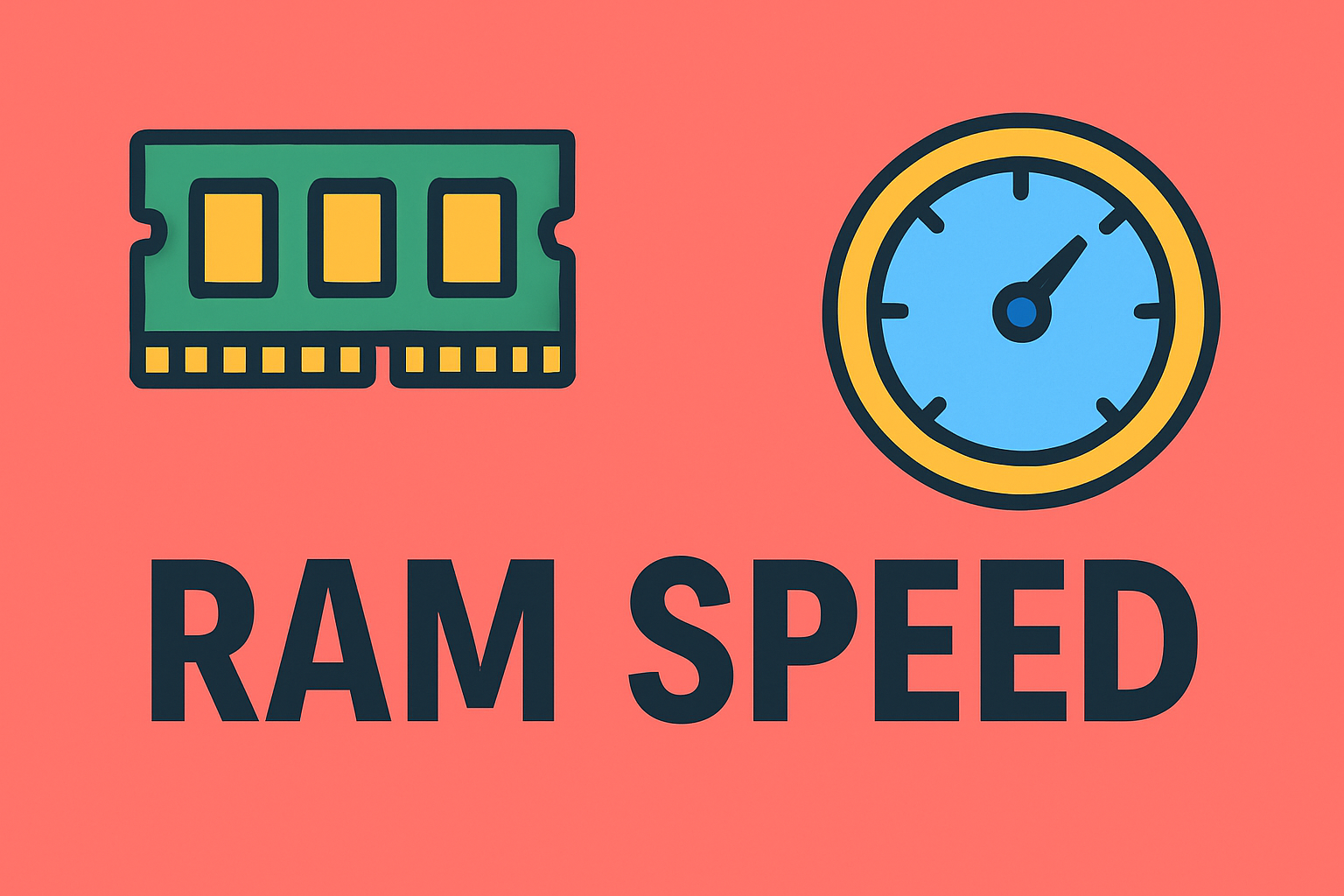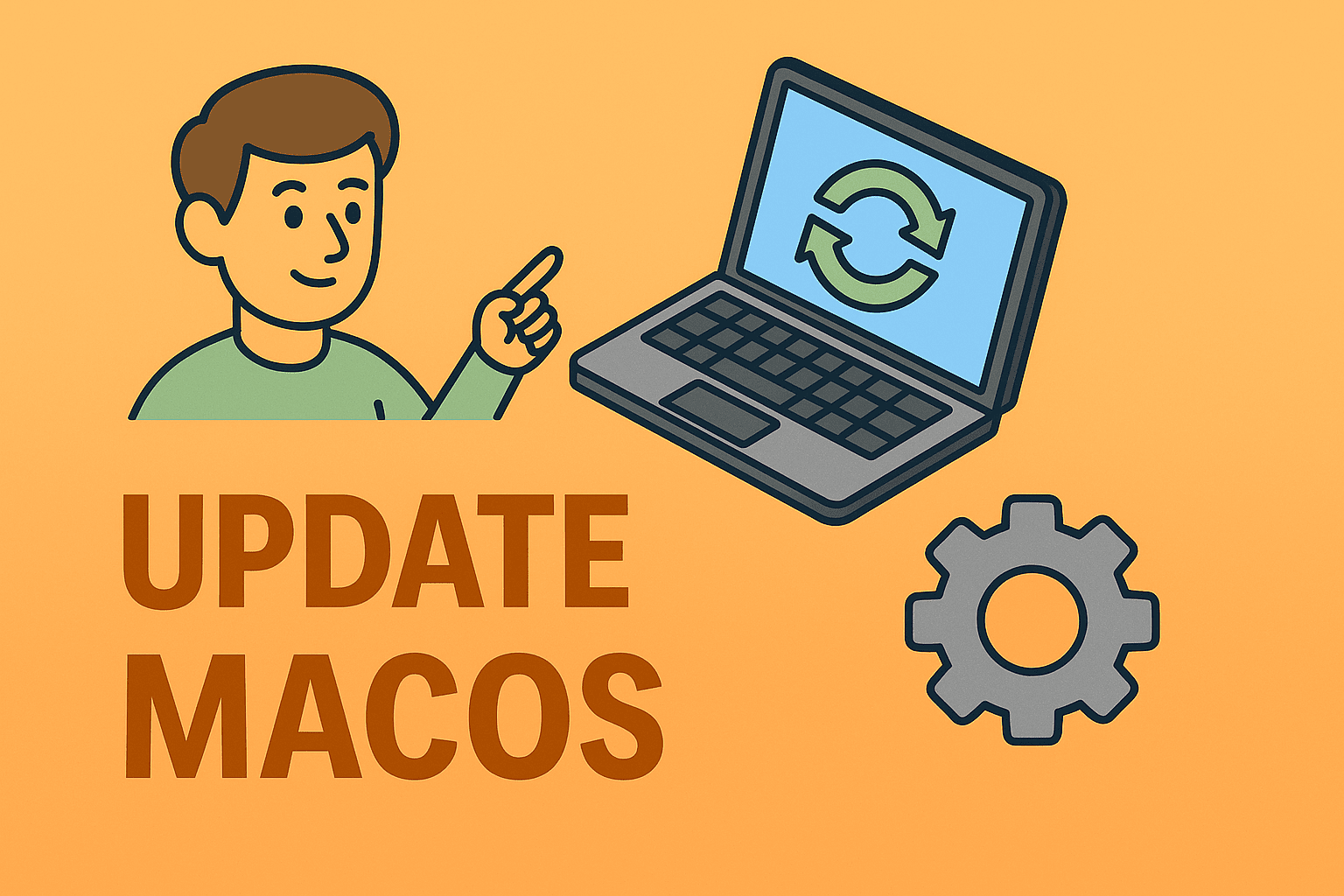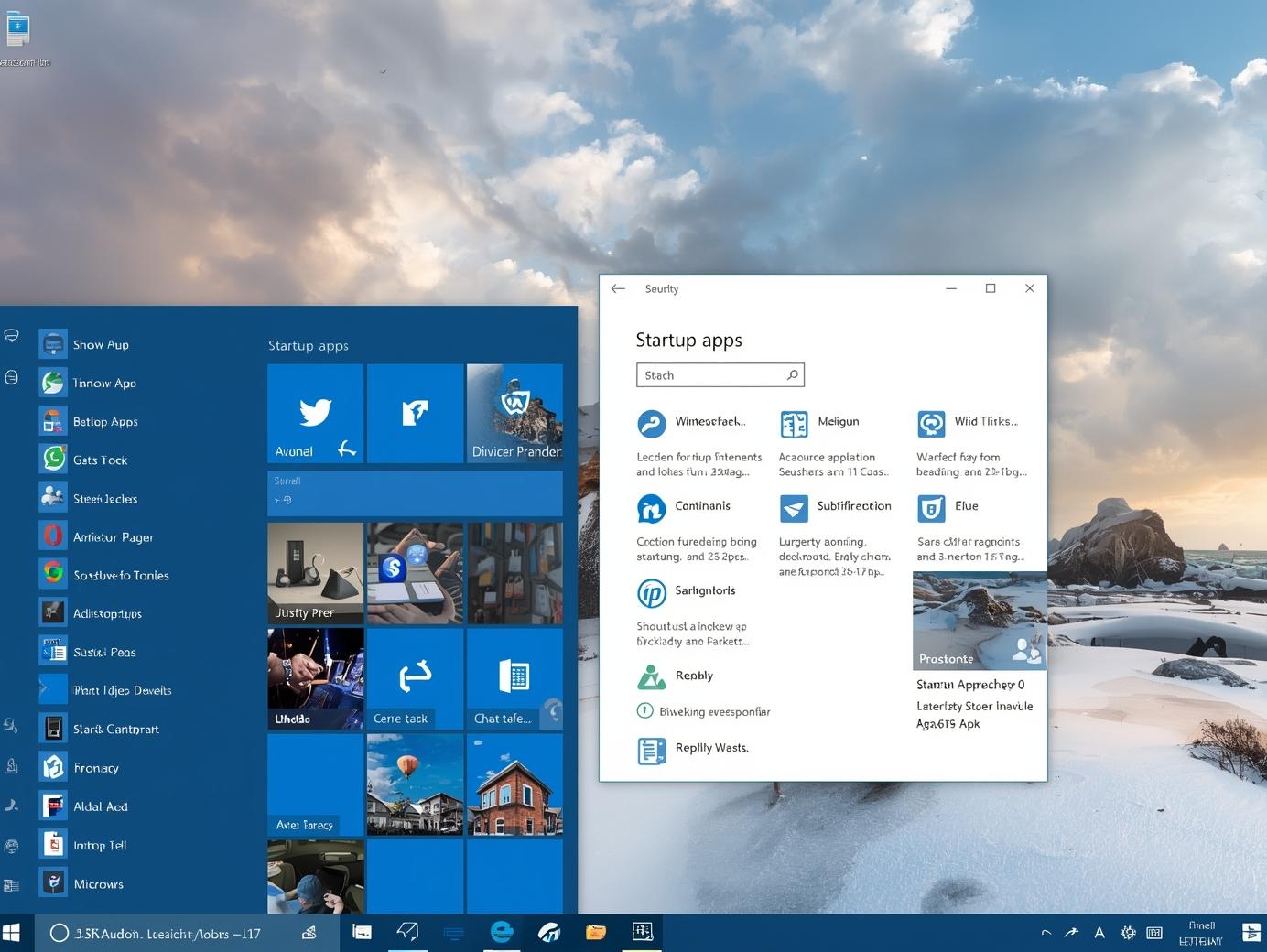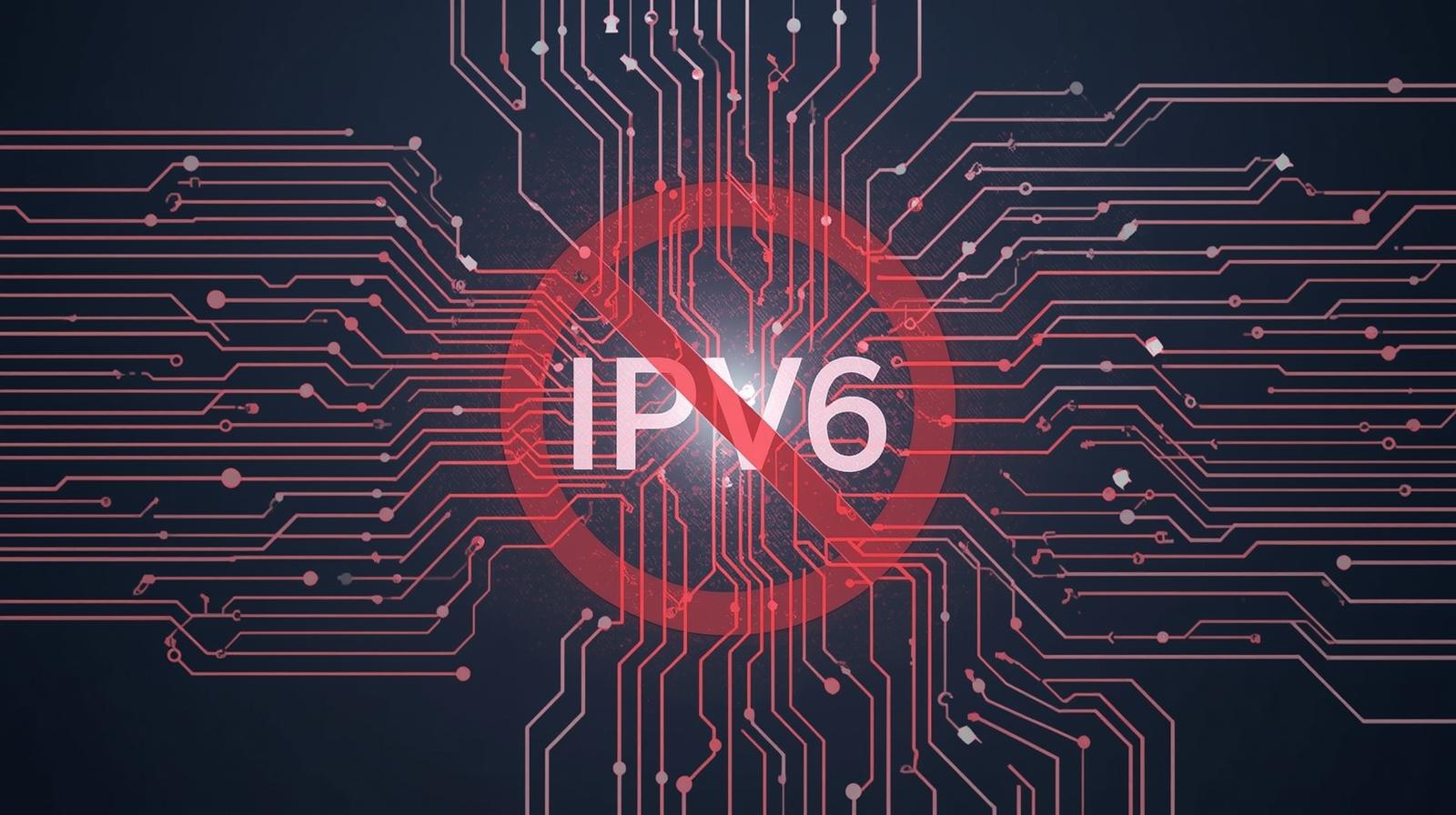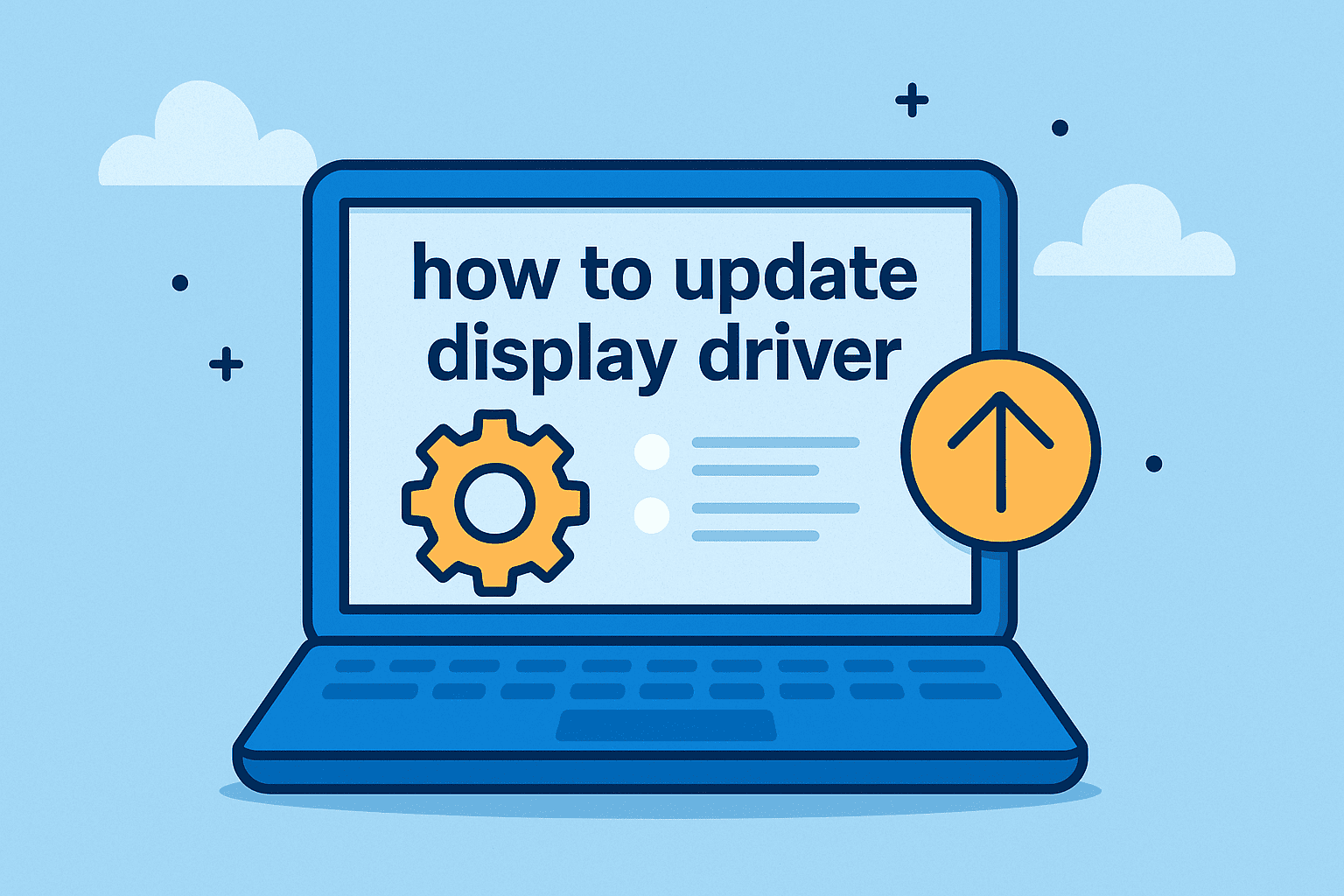What is an Endpoint? A Complete Guide for Modern Organizations
Updated on June 2, 2025, by ITarian

Ever wondered what’s really at stake when your team connects to the company network? Every laptop, smartphone, or printer becomes a potential entry point for cyber threats. That’s why understanding what is an endpoint is critical in today’s cybersecurity landscape.
What is an Endpoint?
An endpoint is any device that connects to a network and communicates back and forth with it. This includes:
- Desktops and laptops
- Smartphones and tablets
- Servers
- Virtual machines
- IoT devices (e.g., smart sensors, connected printers)
Endpoints serve as access points for users and systems, but they’re also vulnerable to cyberattacks, making endpoint protection crucial for businesses of all sizes.
Why Endpoints Matter in Cybersecurity
Endpoints represent the perimeter of a network, where data enters or exits. As remote work and BYOD (Bring Your Own Device) become more common, the number of endpoints increases—and so does the attack surface.
Key risks include:
- Malware infections
- Phishing attacks
- Unauthorized access
- Data loss or exfiltration
That’s why organizations must secure every endpoint, from office desktops to remote employee smartphones.
What is Endpoint Security?
Endpoint security is the practice of securing endpoints against malicious activities. It involves:
- Detecting and blocking malware
- Preventing unauthorized access
- Monitoring endpoint behavior
- Enforcing security policies
Components of Effective Endpoint Security
- Antivirus and Anti-malware
- Firewall protection
- Data encryption
- Access control
- Behavioral analysis
- Mobile Device Management (MDM)
- Patch management
What is Endpoint Protection?
Endpoint protection refers to the tools and platforms used to secure endpoints. Unlike traditional antivirus software, endpoint protection platforms (EPPs) offer centralized management and real-time threat detection across all devices.
One leading solution is Itarian Endpoint Protection, which provides:
- Continuous monitoring
- Malware detection and response
- Threat intelligence integration
- Remote remediation
Endpoint Security vs. Network Security: What’s the Difference?
- Endpoint Security focuses on individual devices.
- Network Security secures data as it moves across networks.
You need both. Endpoint security guards the entry points, while network security defends the transit routes.
Types of Endpoint Attacks
Knowing the enemy helps you prepare. Here are common threats to endpoints:
1. Ransomware
Encrypts data and demands payment.
2. Keyloggers
Capture user keystrokes to steal credentials.
3. Phishing
Lures users into clicking malicious links.
4. Zero-day exploits
Targets unknown vulnerabilities.
5. Remote Access Trojans (RATs)
Allow attackers to control the endpoint remotely.
Best Practices for Endpoint Protection
Want to keep endpoints safe? Follow these cybersecurity best practices:
1. Use a Centralized Endpoint Security Platform
Manage all devices from a single dashboard.
2. Enforce Multi-Factor Authentication (MFA)
Adds a layer of identity verification.
3. Enable Disk Encryption
Protects data even if the device is lost or stolen.
4. Keep Systems Updated
Apply patches to close vulnerabilities.
5. Limit Admin Privileges
Users should only have access they need.
6. Conduct Regular Security Training
Educate employees on phishing and device hygiene.
How to Choose the Right Endpoint Protection Solution
When selecting a solution, look for:
- Real-time threat detection
- Compatibility across devices
- Cloud-based scalability
- Incident response capabilities
- Integration with existing IT infrastructure
Itarian Endpoint Protection checks all the boxes for SMBs and enterprises alike.
For IT Managers and CEOs: Why Endpoint Protection Is a Priority
Neglecting endpoint protection can result in:
- Data breaches
- Compliance violations
- Business downtime
Securing endpoints is not just an IT concern—it’s a strategic business move. A single compromised laptop can lead to massive financial and reputational damage.
Final Thoughts: Endpoints Are the New Frontline
Now that you know what is an endpoint, it’s clear they’re more than just devices—they’re gateways to your company’s most valuable assets. With endpoints being the primary target for cyberattacks, implementing strong endpoint security and protection strategies is no longer optional.
👉 Start Protecting Your Endpoints Today with Itarian’s enterprise-grade solution.
FAQs About Endpoints and Endpoint Security
1. What are examples of endpoints?
Common examples include laptops, desktops, smartphones, tablets, and printers connected to a network.
2. What is the difference between an endpoint and a host?
A host is any device with an IP address; an endpoint is specifically a device that communicates with a network (all endpoints are hosts, but not all hosts are endpoints).
3. Why is endpoint protection important?
Endpoints are frequent targets for malware, ransomware, and unauthorized access. Protection ensures data integrity and regulatory compliance.
4. Can antivirus software alone protect endpoints?
No. Antivirus is only one layer. True endpoint protection includes threat detection, monitoring, and response capabilities.
5. How does endpoint protection help in a remote work environment?
It provides visibility and control over off-site devices, ensuring they meet security standards even outside the company network.

